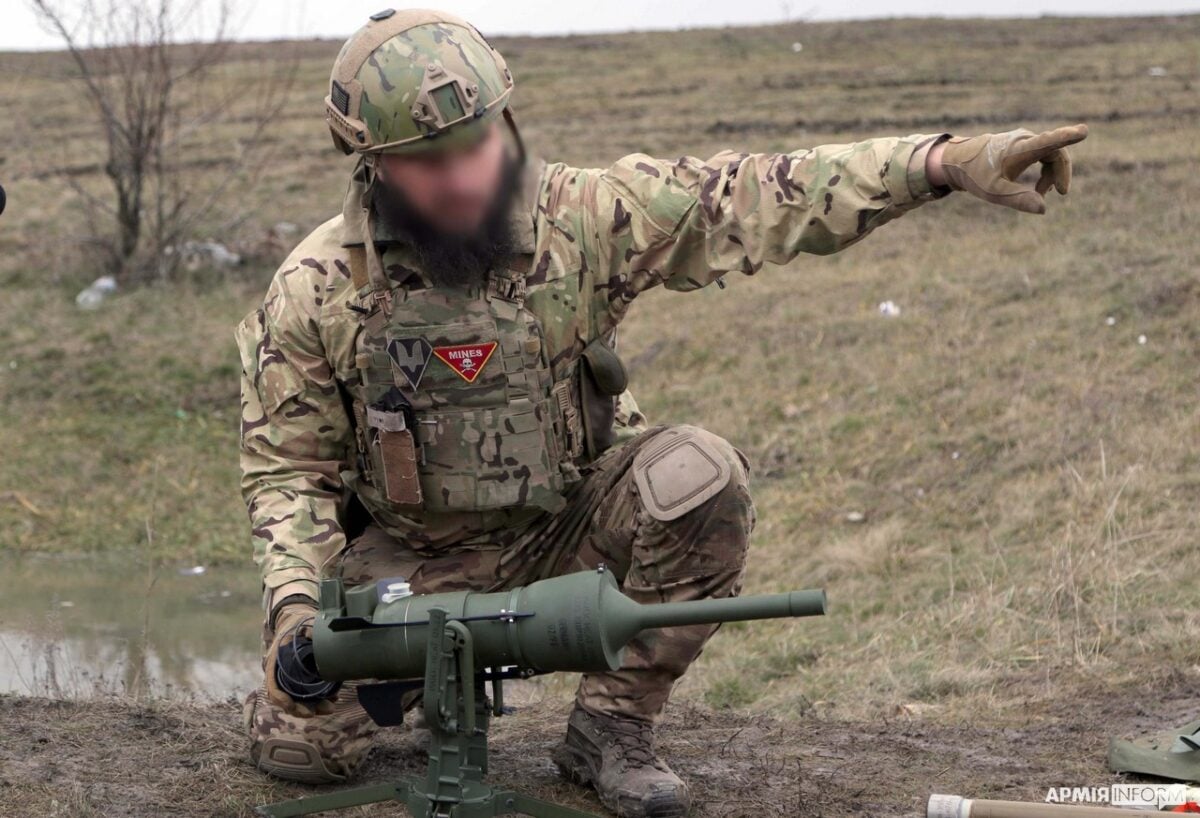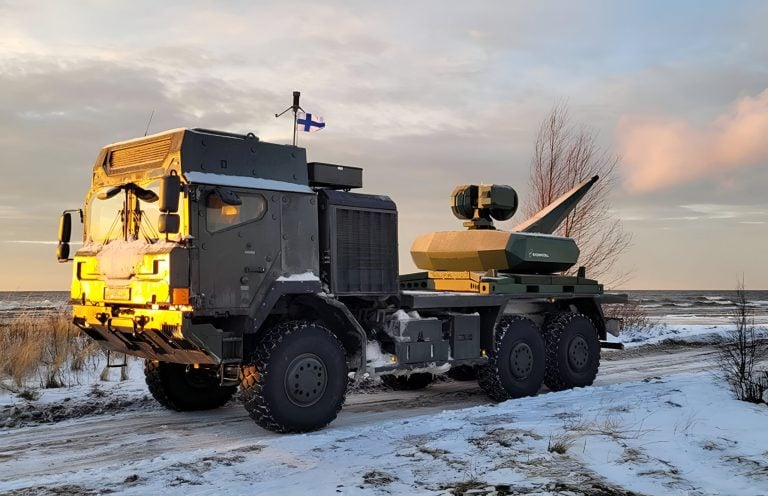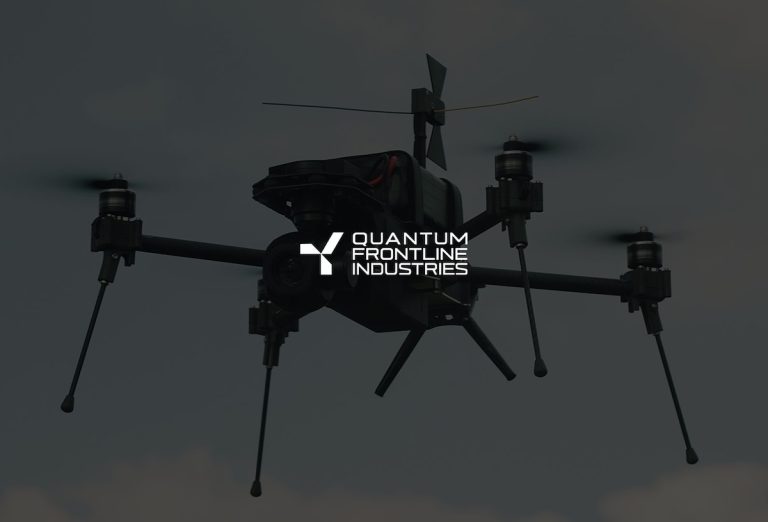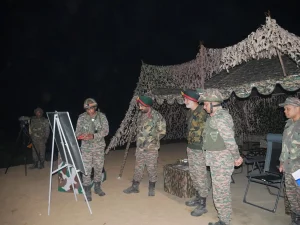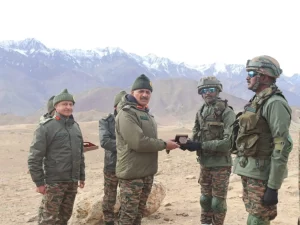Germany, Latvia, and Norway have entered into a significant multilateral procurement agreement centered around the DM 22 anti-tank mine, marking a pivotal step towards enhancing military cooperation among NATO allies. This agreement, finalized in November 2023, aims to facilitate efficient procurement processes and bolster interoperability among participating nations, with the first deliveries scheduled for early 2027.
In a parallel development, the German Armed Forces have already secured a contract with MBDA Germany’s subsidiary, TDW, for the production of 2,600 of these advanced anti-tank mines. The overarching framework agreement has the capacity to allow for the procurement of up to 10,000 mines, demonstrating a substantial commitment to strengthening defense capabilities.
TDW, based in Schrobenhausen, is in the process of establishing a new production line to cater to the anticipated surge in demand for the DM 22 mines. Vice Admiral Carsten Stawitzki, Head of the Armaments Department at the German Ministry of Defence, highlighted the importance of this agreement, emphasizing its role in promoting European cooperation in arms procurement and enhancing NATO’s collective defense readiness. He also noted that other nations have expressed interest in potentially joining the agreement in the future.
The DM 22 anti-tank mine itself is a sophisticated device weighing 10 kilograms (22 pounds) and fortified with a tandem shaped charge warhead weighing 1.5 kilograms (3.3 pounds). This innovative design features an explosive mechanism that detonates in two stages, which is specifically engineered to counteract explosive reactive armor. This type of armor detonates explosives to neutralize incoming anti-tank munitions, making the DM 22 mine a formidable weapon against modern battle tanks from ranges of 40 to 60 meters (131 to 197 feet).
The operational mechanism of the DM 22 allows it to be triggered via a fiber optic cable that is strategically laid across the anticipated path of a vehicle, eliminating the requirement for the vehicle to directly contact the mine. This capability enables a single mine to effectively block wide roads and open spaces. Furthermore, if the mine is not activated, it can be retrieved and redeployed within minutes, enhancing its utility on the battlefield.
As the geopolitical landscape continues to evolve, this multilateral agreement stands as a testament to NATO allies’ commitment to collective security and collaborative military preparedness.
